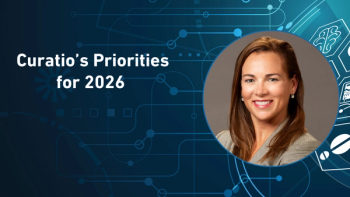
HDMA survey of specialty distribution: sales to physicians' offices have dropped by 11%
Annual survey tracks rapid evolution in a critical pharma market
Specialty pharmaceuticals are the focal point of much biopharma activity today; and likewise, they are a focal point of both downstream distributors and healthcare providers that either pay for, or get reimbursed for, specialty dispensing. A new report from the Center for Healthcare Supply Chain Research (the research arm of HDMA), Specialty Pharmaceutical Distribution: Facts, Figures and Trends, finds a significant shift in specialty dispensing: while physician-owned and operated clinics (mostly in oncology, but also rheumatology and other specialties) remain the largest customer segment, at 59% of distributors’ sales in 2012, this represents an 11% decline from the 66% level seen in 2011. Sales to hospitals and specialty pharmacies have increased by six percentage points (combined) to represent 26% of distributors’ sales.
A recap helps explain: Specialty pharmaceuticals differ from traditional pharma products in that they tend to be “high touch”—needing numerous ancillary services such as infusion, monitored dispensing, REMS, or followup care. As they tend to be expensive, the reimbursement / prior authorization / patient-support questions are also complex. Oncology products, in particular, have traditionally been purchased under a “buy and bill” model by physicians’ practices, but this is fading (as the HDMA date show) in place of sales to specialty pharmacies and health systems.
The implications for the pharma industry: sales efforts to managed care organizations, health plans and group purchasing organizations become more important than ever. At the same time, efforts to support the traditional buy and bill model (and, indirectly, to support community-based oncology) are maintained by some specialty distributors. Finally, with the emergence of specialty pharmacy as an important channel for reaching patients, pharma companies are growing accustomed to calling on them to support the pharmacos’ marketing and patient-support services.
Much—but not all—of this is now the focus of so-called “
The HDMA report is available for purchase at
Note: this item was corrected from what first ran, indicating a 66% reduction in sales to the clinic channel. The actual reduction was from 66% to 59%. A more detailed analysis of these data will appear in the May/June issue of Pharmaceutical Commerce.
Newsletter
Stay ahead in the life sciences industry with Pharmaceutical Commerce, the latest news, trends, and strategies in drug distribution, commercialization, and market access.





